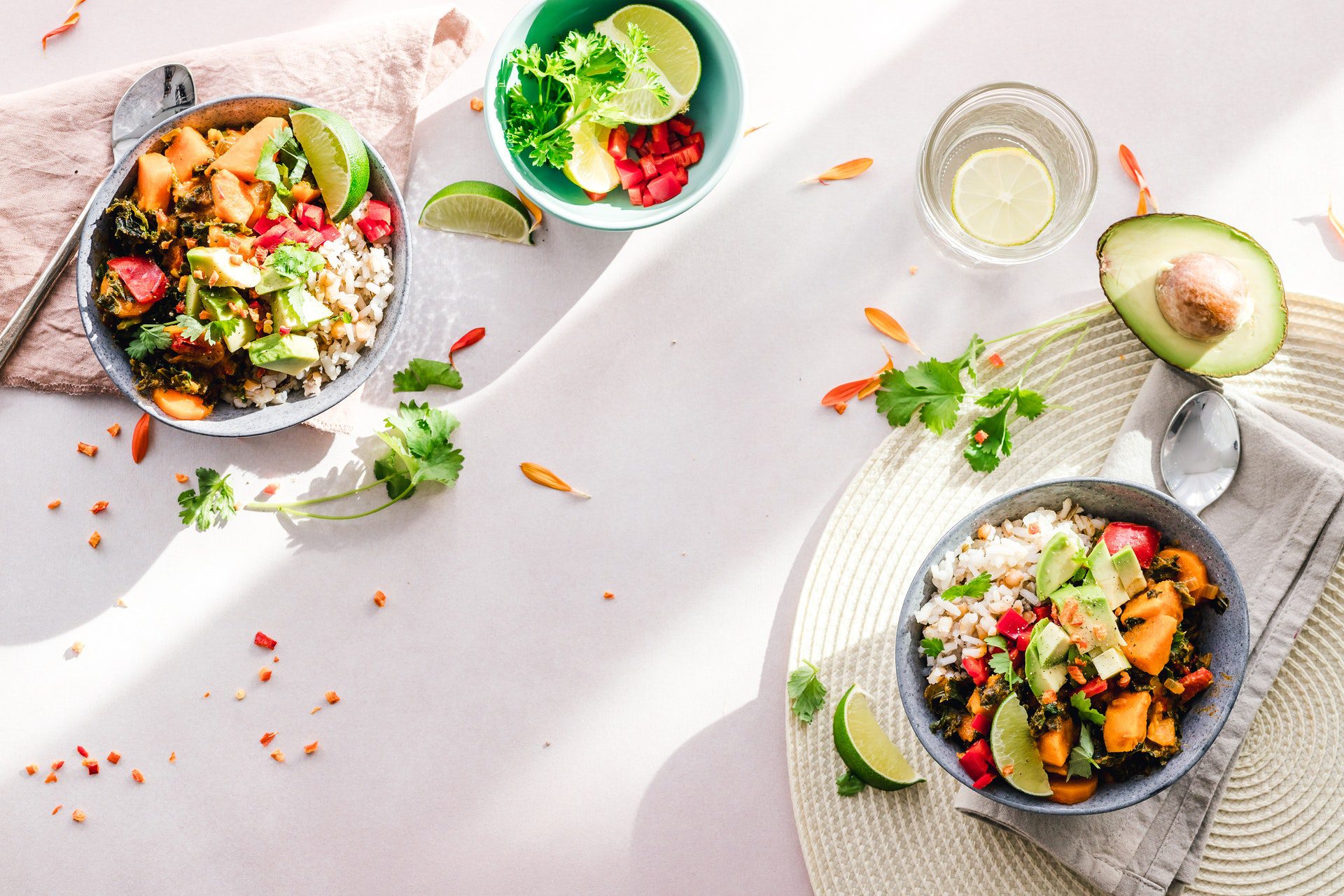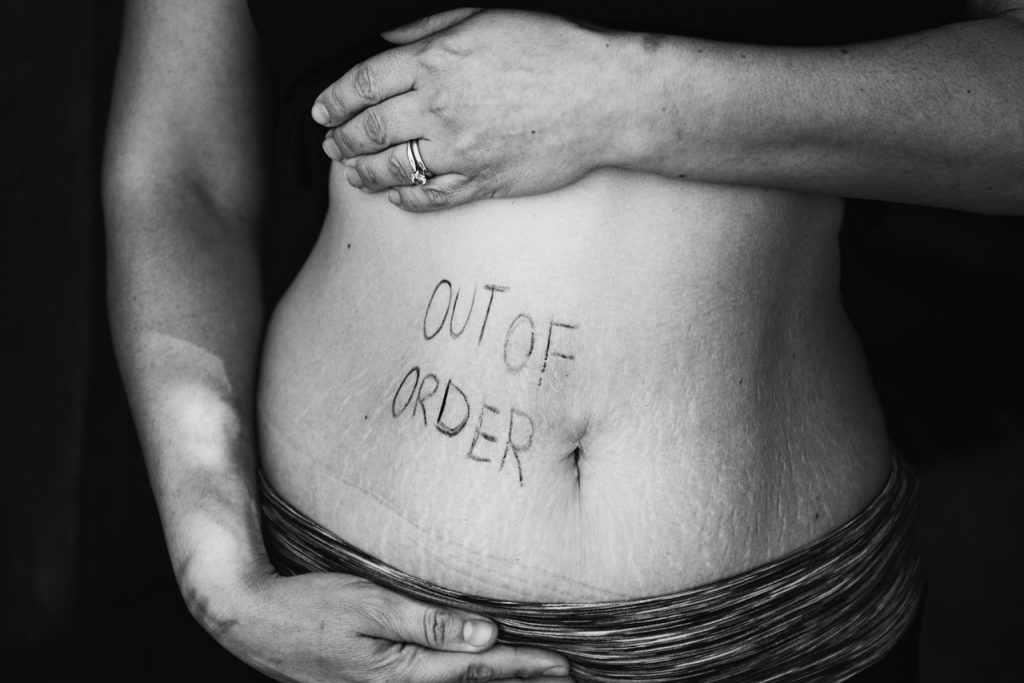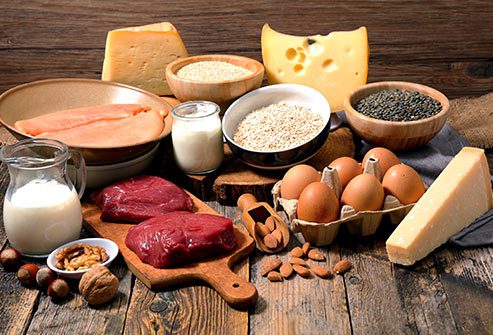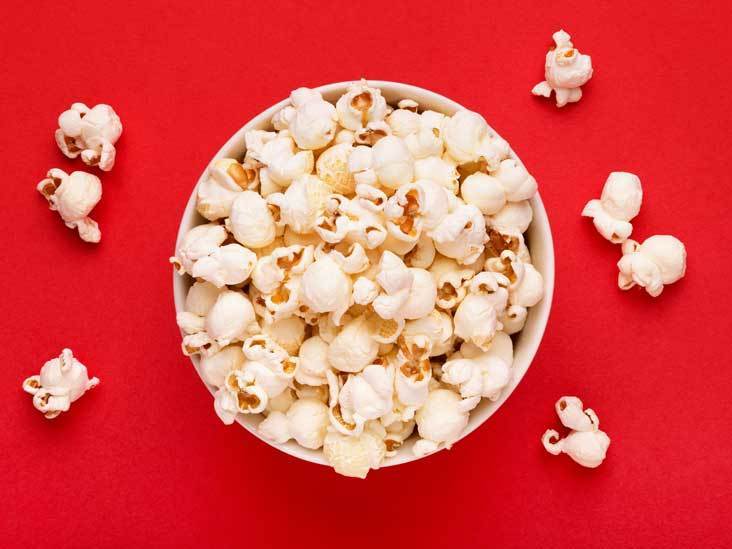
The best online fitness resource you'll ever need. We filter out the BS to ensure you meet your health and fitness goals!

The best online fitness resource you'll ever need. We filter out the BS to ensure you meet your health and fitness goals!

A critical error that many people make when beginning a ketogenic diet is the underconsumption of fat. Even long-standing keto dieters can go too low on the fat, as life takes over and their ability to plan and prepare meals slips to a lower priority.
It’s understandable. Fat rich, low-carb foods are often more laborious to prepare, take a greater degree of forethought and are less widely available in public eating spaces than other types of food. It is also easy to fall prey to popular misconceptions surrounding fat- for years, it was believed that fat was bad for you, and that you should go easy on it. When you’re told to take the majority of your calories from fat, it can feel counterintuitive and you may under-eat, even if just subconsciously.
It’s also quite easy to think you’re on a high fat diet without quite realising what that entails. You may simply be on a low-carb diet- it’s common enough for people to hear ‘low-carb’ and ‘keto’ as synonymous, where they needn’t be at all. Or, you may be entirely overestimating the amount of fat you’re eating. You may be getting most of your calories from protein- eating lean meat and broccoli, without many carbs, but without the crucial fat content you need for ketosis to kick in.
It is crucial, therefore, to have a realistic, clear-eyed view both of how much fat your body needs, and how much your diet contains: you have to measure your fat content, at least whilst you get used to running a ketogenic protocol. Though it may be hard to imagine eating a diet comprised of up to 80% fat, this is what the ketogenic diet entails: if you want to go keto, this is what it looks like.
Not to have this clear-eyed view can be a common enough situation, as can the struggle to get adequate fat into your diet, even when you know it’s needed. It happens. But what happens if you don’t eat enough fat on a keto diet?
Glycogen is your body’s go-to energy source. It is made from carbohydrates which are broken down and stored in the liver and blood. This is what fuels most people as they go about the everyday tasks they need to complete.
Most diets are heavy on carbohydrates, with additional calories coming from protein and fat. The fat is stored away (as body fat) for later use, as are all extra calories. This is a very simplified explanation, but it should suffice for the following conversation: as you eat, the carbs are mainly used for energy, and the fat is mostly stored.
Your metabolic rate is the pace at which your body uses all of this collective energy and is broadly speaking a factor of your basal metabolic rate (BMR- the calories you use at rest) and your activity levels.
The ketogenic diet is a low-carbohydrate (usually fewer than fifty grams, or two-hundred calories, per day), high-fat diet. Of course, this may sound like a regular low-carb diet that seeks to push down glycogen levels in a bid to boost fat loss. However, it is different in that it uses fat specifically to create an energy source entirely independent of glycogen, so that you don’t experience the same kind of fatigue that other low-carb diets often offer.
Ketogenic diets put you into ketosis, a state in which you use ketones for energy. Ketosis is a process by which fat is metabolised and broken down. Ketone are then created, and in the absence of carbohydrates, these become your body’s go-to energy source. We all experience ketosis often enough- it is a natural process. The ketogenic diet simply makes primary use of it.
Ketosis can only occur in this manner in the absence of carbohydrates, and in the presence of sufficient dietary fat.
Don’t worry, there are few side effects that come with ketosis. Though keto flu (in which energy levels dip) is common for a couple of weeks when you start out, the biggest downside to the keto diet is usually the restrictive menu you have to follow. This can be a real kicker: gone are sweet treats and fast, high-carb snacks. You have to make a real effort to make sure that you’re eating correctly, which can be a pitfall for many.
However, you always need to bear in mind that without enough dietary fat, you will not be able to sustain ketosis.
But what will this do to you?

So, what happens if you don’t hit your fat goals? On most diets, if you under-eat fat, you may find a few bodily processes work sub-par as hormonal output is impeded, you may find your joints getting a little achy, and you may find yourself growing slightly lethargic. On a keto diet, however, things are much worse than this.
You don’t have to hit your goals on the nail, every day. Over-eat by a few grams one day, under-eat by a few grams the next day… it balances out. As long as you get in enough fats and proteins to be satiated, you’ll be OK.
However, you don’t want to get into a position of chronic under-eating- missing your goals by 10-20 grams or more on a regular basis. You may lose weight more rapidly doing this, but you won’t be healthy. It is unsustainable for one thing. Your concentration will drop, the hunger will keep getting to you, cravings will creep in, and you will crack and crash off the diet at some point. It is always advisable to stick to a diet plan- any (healthy) diet plan- in order to stop this happening.
In addition, there are some longer-term issues you will face.
The first is the chronic energy shortage you will face. If fat is your main macronutrient, it is where you are getting the vast majority of your calories from. If you don’t get enough calories- if their lack goes beyond a fairly standard weight-loss deficit- your body won’t have enough energy to maintain regular functioning. You will find yourself growing increasingly lethargic and perhaps disoriented, without the energy or mental clarity to live your life the way you want to.
The second issue leads on from this. Your body will try to plug this gap in energy, which can put you into a catabolic state. Catabolism in this context is the process of breaking down muscle fibre for energy- essentially cannibalising your own muscles to feed your body. Over time, this can lead to serious atrophy.
Finally, fat itself has its own roles to play outside of being an energy source. Though dietary fats are essential for provision of energy to your body, they are also used to support cell growth. They help protect your organs and help keep your body warm. Fats help your body absorb some nutrients and produce important hormones.
Lacking sufficient dietary fat will impede these processes drastically, leading to hormonal imbalances, an inability to recover from fatigue, efficiently generate new cells or maintain healthy immune function, and ultimately to a lack of body fat to an unhealthy degree.
The bottom line: eat your fat in sufficient quantities. Your body needs it, especially if you’re following a ketogenic diet.
Hitting fat targets can be tough on a keto diet. It’s common enough for a keto dieter to need around 150-200 grams of fat per day- that’s the equivalent of around 300g of butter, or 2-300ml of oil.
However, hitting your target will allow you to allay the issues mentioned above, whilst helping you to meet your weight management goals systematically and without too much discomfort, or too much in the way of hunger pangs or lethargy.
Of course, you need to work out what your goals are. A rough estimate places the average person’s metabolic needs at around 2,000 calories per day. This figure could be substantially more or less, depending on biometrics and lifestyle factors, but it’s a good ballpark. Keto diets typically require 70-80% of calories to come from fat. That gives us 1,400-1,600 calories. Let’s split the difference and call it 1,500 for the sake of this argument. There are 9 calories in every gram of fat. It takes about 166 grams of fat to hit this daily target (1,500/9=166).
You need to know this number for yourself. Then, simply track your food for a couple of weeks to see how close you’re coming to your need. If you are regularly under-eating- hitting 146 instead of 166, for instance- you know you need to make more effort and perhaps put some more time into your meal planning and preparation.
This could mean adding more butter or oil to your meals, or simply eating more meals. It could also mean that supplementation is needed, if you’re not already using supplements. MCT oils can be a good way to sneak extra fat into your meals, though there are a host of ways you can adapt your diet to maximise your fat intake.

Below is a list of ways you can increase your fat take without it becoming too onerous. Simply scroll through and pick a few likely looking ways to increase your fat intake. It really doesn’t need to take that much effort, and it needn’t be too burdensome- you’re not actually required to sit and chow through a whole tub of butter!
Select whatever takes your fancy, whatever entices you and inspires you to make the most out of your diet.
Instead of going for black coffee, or drinking tea with low quality, high-sugar milk, try mixing a good quality fat source into your favourite hot drink. Simply take a tablespoon of any of the following and stir them into your drink until it’s foamy and thick.
Good options for fat can be:
Keto dieters often forego vegetables, as they are often predominantly a carb source. However, you need a good mix of vegetables in your diet, and they can also be made to work for you. There are plenty of low-carb, high-fibre vegetables that are perfect for a keto diet, and they can all be prepared or dressed in good quality fat sources.
Good examples of low-carb vegetables include:
Either grill these covered in any of the following fats, shallow fry them, or dress them steamed or raw, to really amp up the fat content:
If in doubt, grab that celery, or whatever vegetable you like, and eat it with a fatty dip, either as a dip or as a side.
Lots of dips can involve healthy fats in large quantities. You can either buy them ready made or, if you’re feeling adventurous, make them yourself. Basics include guacamole, sour cream, cream cheese, tzatziki and any nut butters going. Be wary of added sugars, of course.
If you really want to go the extra mile, take any of these and stir in some extra oil- coconut and extra virgin olive oil both work really well.
Get it out the way in one or two bites: go for a fat bomb. They are perfect for keto dieters, especially for those struggling to get their fat content high enough.
There are commercially available fat bombs, but they’re generally quite pricey and it’s easy enough to make your own at home. They are simple to make and can be stored in the fridge or freezer.
To make good-quality, tasty fat bombs:
First, pick your base (or several bases, if you want). Good bases can include:
Then pick what flavours you want. Good examples include:
If you want a bit of sweeteners, try adding some stevia, erythritol or monk fruit extract. Mix it all together until you get the consistency you want, then roll it into balls in the palms of your hands.

Mostly, keeping a high fat content in your diet will involve grazing on nuts when you want a snack. This is a great idea. However, there are some other options. The main thing is to make sure that every mouthful is fat-laden to get you well on your way to healthy ketosis.
Great snacks include:
Most keto diets are meat heavy. Whereas many meal plans might have you going for leaner cuts like turkey breast or lean beef, keto needs the fatty cuts, whether you’re going for red meat, poultry, or fish.
A good tip is to eat fish and poultry with the skin on, as this will hold a lot of fat. Also, go for fattier joints and cuts. If in doubt, talk to your local butcher or fishmonger about what they have that is fat heavy.
The main things to look out for will be:
Red meat:
Fatty fish:
Poultry:
Follow all of this advice, and track your macros if in doubt, and you should be able to hit your fat goals. Doing so is always important, but for somebody following a ketogenic diet- in which fat is their most crucial calorie source- is vital.